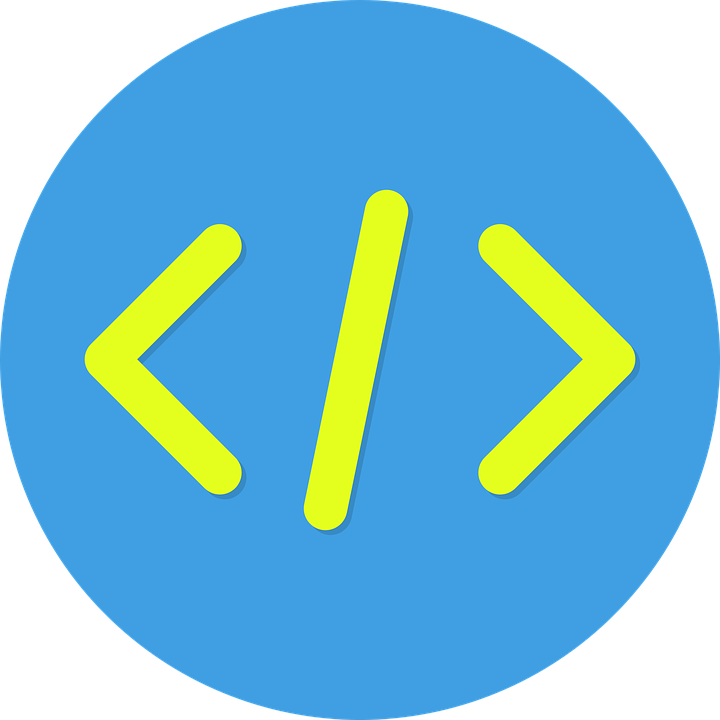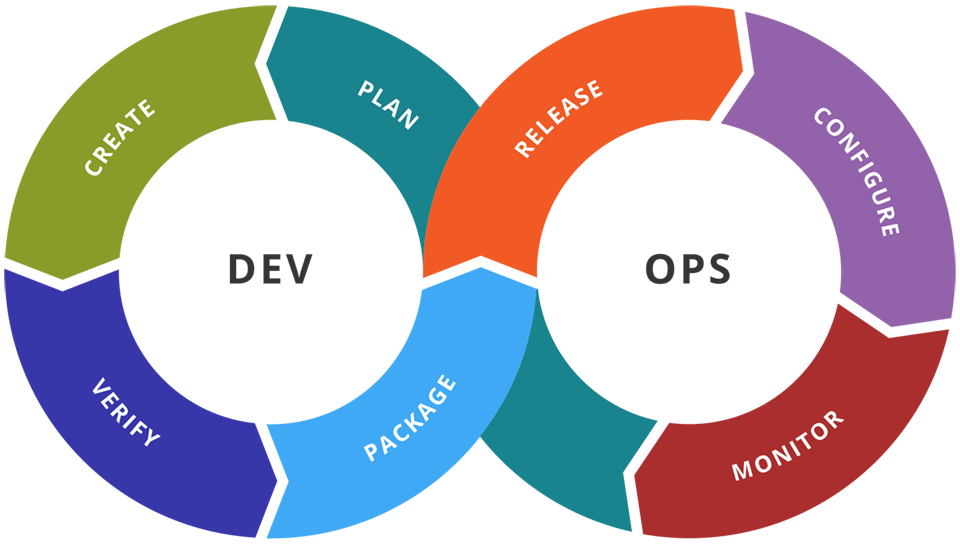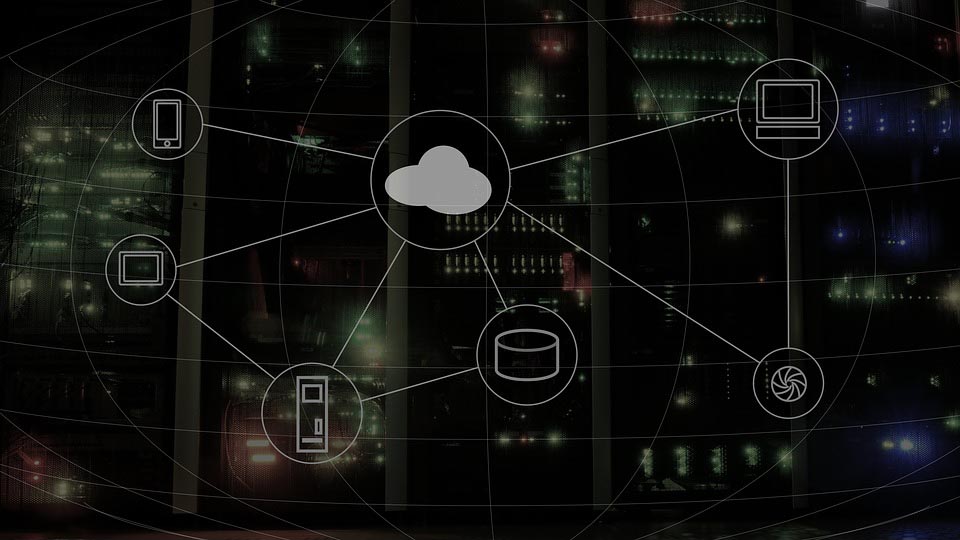
Architecture
Before coding, you have to decide how your application is structured. Without the right structure, your application has much less chance of success. You could dive straight into coding and trust your luck, and it may start out well. But soon enough, you'll find yourself in a lot of hot water.
Software architecture deals with the structure, design and process of the software.
Structure is about identifying the components that make up the logical structure of a piece of software and the system that it relies upon. This includes business and non business concerns, cross-cutting concerns, such as security, performance, logging, exception handling and business concerns such as solving the business problems in the correct and legal manner.
Design is also an important element of defining what architecture is about. Consider elements of design such as data structure, design patterns, marginality, components, and application flow. The technology stack that you use whether it be Java EE, Spring, .net, and so on, and a combination of technologies such as APIs, and frameworks that are going to help you solve the business problem.
Process is about the way you approach the development of the application. Controlling work flow with methodology such as scrum or agile and defining requirements.
Enterprise architectural patterns solve problems related to the structure of the Enterprise application. They're concerned with the organization and separation of concerns. So, an Enterprise architectural pattern might put the database at the center of the application. The classic three-tiered architecture does this.
Software architecture deals with the structure, design and process of the software.
Structure is about identifying the components that make up the logical structure of a piece of software and the system that it relies upon. This includes business and non business concerns, cross-cutting concerns, such as security, performance, logging, exception handling and business concerns such as solving the business problems in the correct and legal manner.
Design is also an important element of defining what architecture is about. Consider elements of design such as data structure, design patterns, marginality, components, and application flow. The technology stack that you use whether it be Java EE, Spring, .net, and so on, and a combination of technologies such as APIs, and frameworks that are going to help you solve the business problem.
Process is about the way you approach the development of the application. Controlling work flow with methodology such as scrum or agile and defining requirements.
Enterprise architectural patterns solve problems related to the structure of the Enterprise application. They're concerned with the organization and separation of concerns. So, an Enterprise architectural pattern might put the database at the center of the application. The classic three-tiered architecture does this.




